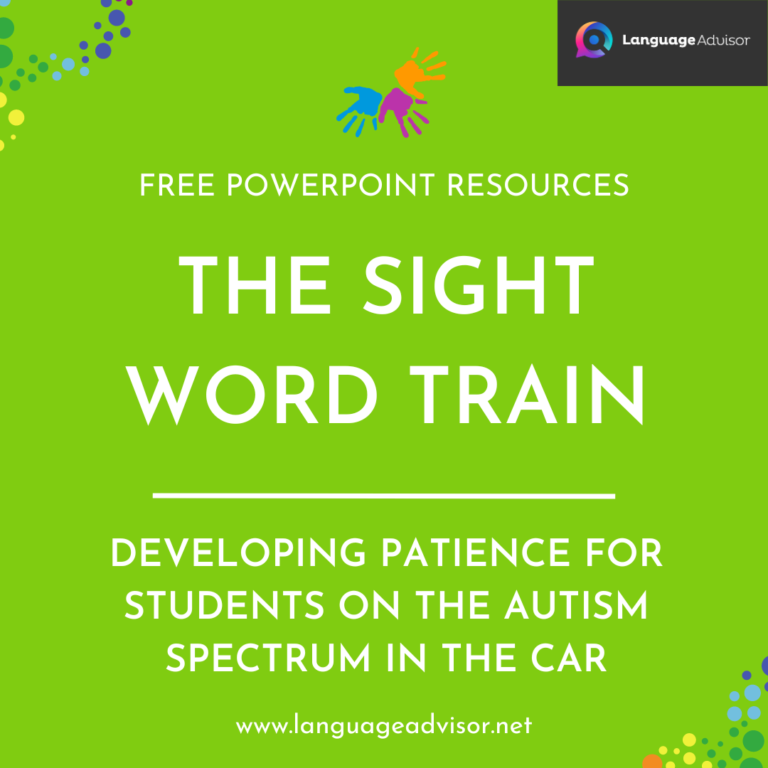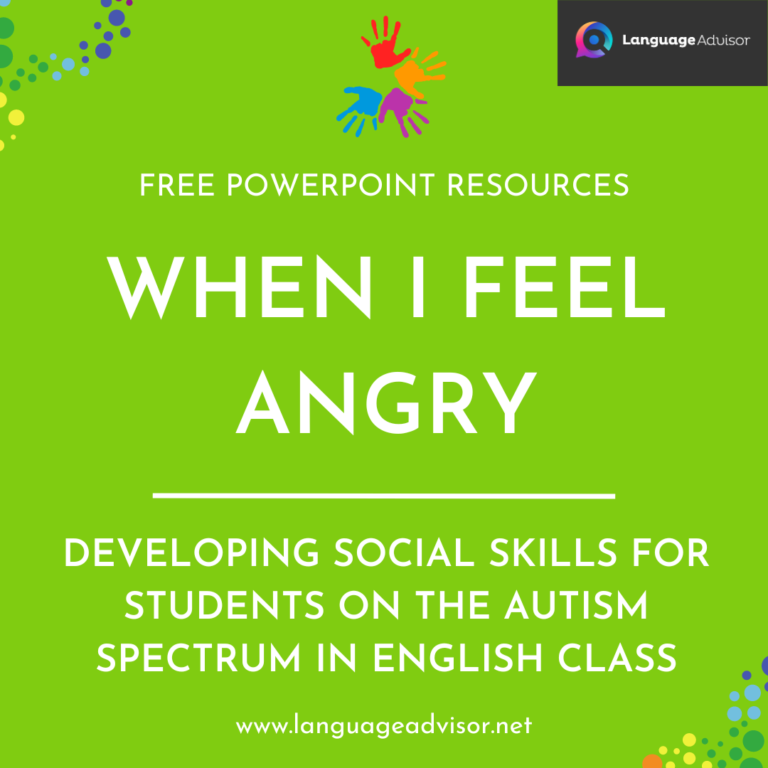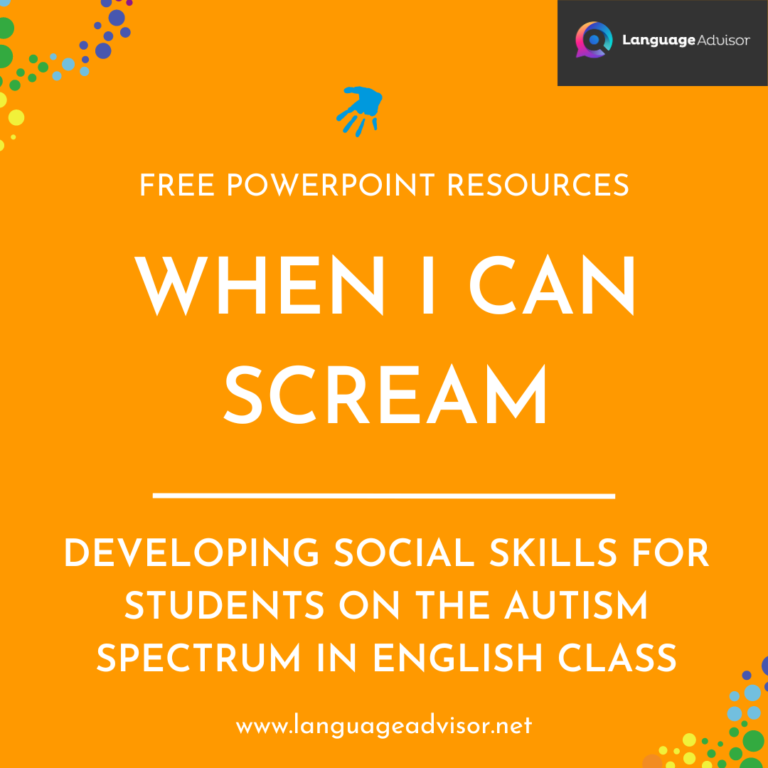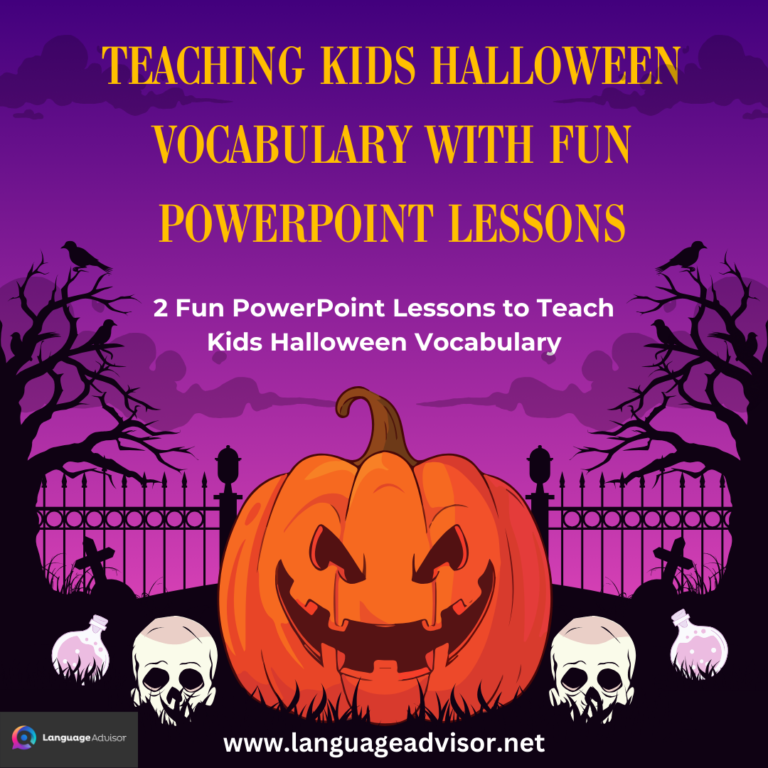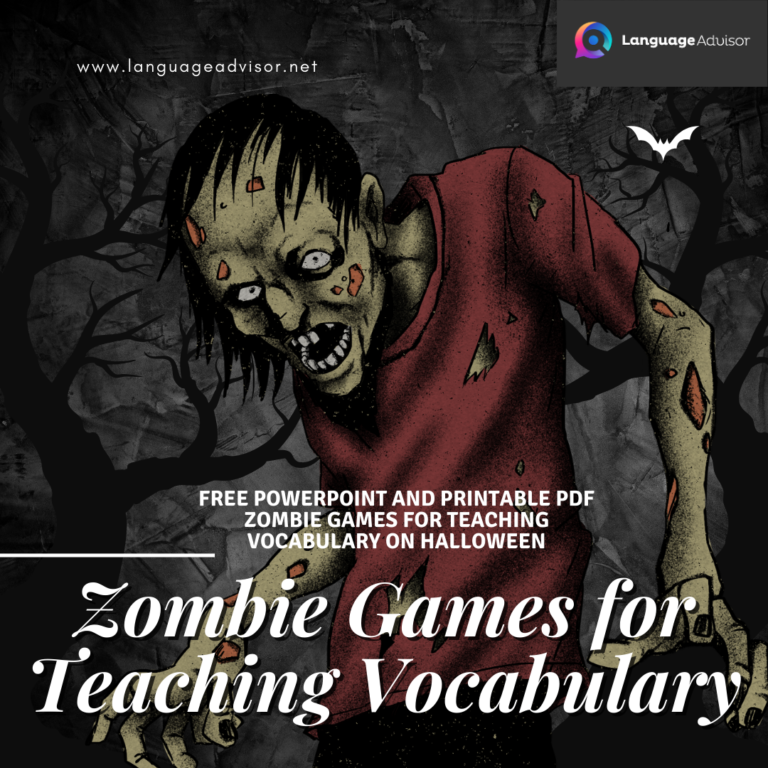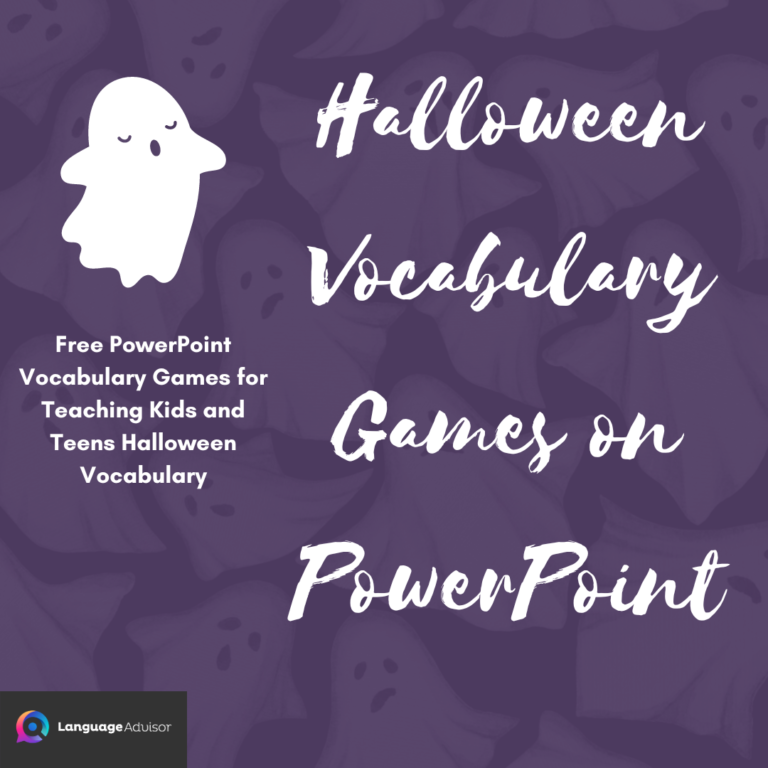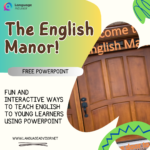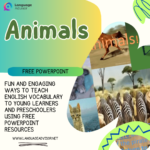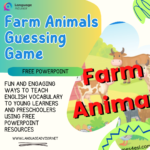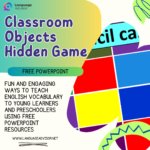Basic English conversation. Fun and Interactive Ways to Teach English to Young Learners Using PowerPoint
Basic English conversation

Basic English conversation
Teaching English to young learners can be an exciting journey filled with creativity and imagination. In this blog post, we’ll explore innovative methods for teaching English to children using PowerPoint presentations. With the help of engaging visuals, interactive activities, and free PowerPoint resources, you can make language learning fun and effective for your young students.
The Importance of Teaching English through PowerPoints
- Vocabulary Building: Enhance young learners’ vocabulary skills by creating visually stimulating PowerPoint presentations. Use colorful images, illustrations, and animations to introduce new words and concepts. Incorporate interactive slides where students can click on images to hear the corresponding word pronounced aloud, reinforcing both vocabulary and pronunciation skills.
- Phonics Practice: Make phonics practice engaging and interactive with PowerPoint presentations. Design slides featuring phonics sounds, letters, and words in a clear and accessible format. Include audio recordings of phonics sounds to help students develop their listening and pronunciation skills. Create interactive activities such as matching games or word-building exercises to reinforce phonics concepts.
- Storytelling and Reading Comprehension: Immerse young learners in the world of English literature through storytelling and reading comprehension activities. Use PowerPoint to create digital storybooks with colorful illustrations and animations. Include comprehension questions and interactive quizzes to assess students’ understanding of the story. Encourage students to participate actively by acting out scenes from the story or creating their own endings.
- Grammar Games and Exercises: Make learning English grammar fun and engaging with interactive grammar games and exercises. Create PowerPoint presentations with grammar rules, examples, and practice activities. Incorporate drag-and-drop activities, fill-in-the-blank exercises, or sentence-building games to reinforce grammar concepts. Provide immediate feedback to help students correct mistakes and improve their grammar skills.
- Cultural Exploration: Expose young learners to English-speaking cultures and traditions through multimedia presentations. Use PowerPoint to showcase videos, photos, and information about English-speaking countries around the world. Introduce cultural customs, holidays, and traditions through interactive slideshows, sparking students’ curiosity and broadening their cultural awareness.
Teaching English to young learners can be a dynamic and rewarding experience when approached with creativity and innovation. By using PowerPoint presentations to engage students with vocabulary building, phonics practice, storytelling, grammar games, and cultural exploration, you can create an immersive and interactive learning environment for your students. With free PowerPoint resources available online, you have the tools you need to make language learning fun and effective for young learners.
So why wait? Start incorporating PowerPoint into your English lessons today and watch your young students become confident English speakers!

DOWNLOAD THE POWER POINT FOR FREE
Basic English conversation



